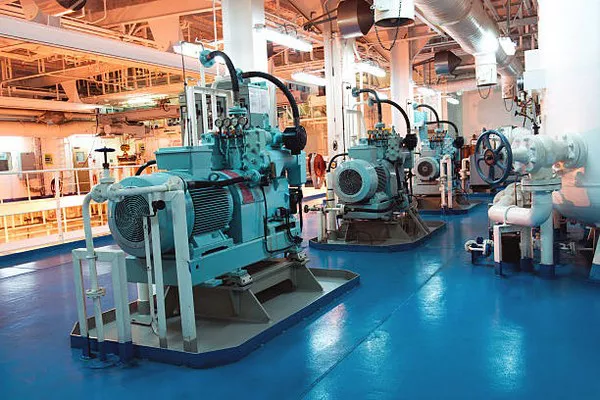Air compressors are versatile machines that convert power into potential energy stored in pressurized air. They find applications across various industries, from manufacturing and construction to automotive and healthcare. Choosing the right type of air compressor depends on factors such as required pressure, airflow volume, and operational environment. In this article, we explore the different types of air compressors, their unique features, and suitable applications.
1. Reciprocating (Piston) Air Compressors
Reciprocating air compressors are among the most common types, operating through a piston-driven mechanism. They use one or more pistons driven by a crankshaft to compress air inside a cylinder. These compressors can be either single-stage or two-stage:
Single-Stage: Air is compressed in a single stroke of the piston, suitable for low to moderate pressure applications such as small workshops, pneumatic tools, and inflation tasks.
Two-Stage: Air undergoes an initial compression in the first cylinder and then moves to a second cylinder for further compression, delivering higher pressures. This type is ideal for industrial applications requiring higher pressures, such as manufacturing and automotive operations.
2. Rotary Screw Air Compressors
Rotary screw compressors operate with two rotors (screws) meshing together to compress air. These compressors are continuous-duty machines known for their efficiency and reliability in delivering a constant supply of compressed air. Key features include:
Oil-Injected: Uses oil for lubrication and sealing, providing efficient compression and quieter operation. Commonly used in automotive, industrial manufacturing, and assembly line operations.
Oil-Free: Employ specialized coatings or materials for sealing, eliminating the need for oil lubrication. This type is preferred in applications where oil contamination is undesirable, such as pharmaceutical manufacturing, food processing, and electronics.
3. Centrifugal Air Compressors
Centrifugal compressors utilize high-speed rotating impellers to accelerate air, which is then slowed down to increase pressure. They are suitable for large-scale industrial applications requiring high volumes of compressed air at constant pressure levels. Key characteristics include:
High Efficiency: Centrifugal compressors are efficient at delivering large volumes of air, making them suitable for applications like power generation, HVAC systems, and gas pipelines.
Low Maintenance: Due to fewer moving parts compared to reciprocating and rotary screw compressors, centrifugal compressors generally require lower maintenance.
4. Scroll Air Compressors
Scroll compressors operate with interlocking scroll-like components where one scroll remains stationary while the other orbits eccentrically. This movement compresses the air trapped between them. Scroll compressors are known for their:
Quiet Operation: They operate with minimal vibration and noise, making them suitable for environments where noise levels must be kept low, such as medical and dental offices.
Oil-Free Operation: Many scroll compressors are designed to operate without oil, ensuring clean, oil-free air for applications like laboratories, electronics manufacturing, and food storage.
5. Axial Compressors
Axial compressors are commonly used in applications requiring very high flow rates of air at relatively low pressures. They operate with axial flow, where air passes through the compressor in an axial direction. This type is often found in:
Jet Engines: Used for aircraft propulsion due to their ability to handle large volumes of air efficiently.
Gas Turbines: Utilized in power generation and industrial processes where continuous high-flow compressed air is necessary.
Selecting the Right Air Compressor
Choosing the appropriate air compressor involves considering several factors:
Required Air Pressure: Determine the minimum and maximum pressure levels needed for your applications.
Airflow Volume: Calculate the amount of compressed air required per unit of time (CFM – Cubic Feet per Minute).
Duty Cycle: Consider whether the compressor will operate intermittently or continuously.
Environmental Conditions: Evaluate factors such as ambient temperature, humidity levels, and available power sources.
See Also Top-Rated Portable Air Compressors
Conclusion
Understanding the different types of air compressors and their applications is crucial for selecting the most suitable equipment for specific industrial or commercial needs. Whether it’s the robust performance of reciprocating compressors, the efficiency of rotary screw models, or the specialized requirements met by centrifugal and scroll compressors, each type offers unique advantages tailored to diverse operational environments. By carefully assessing your air pressure, volume, and operational conditions, you can ensure optimal performance and efficiency from your chosen air compressor, thereby enhancing productivity and operational reliability in your workplace.
You Might Be Interested In

